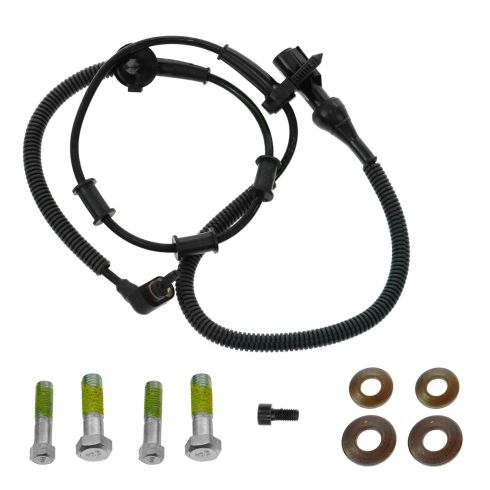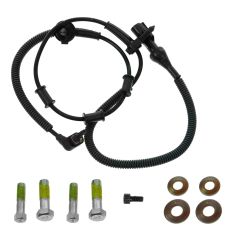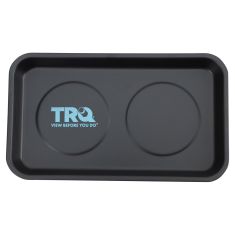1ATRS00262-Ford Lincoln Mercury Front ABS Wheel Speed Sensor Dorman OE Solutions 970-264



Replaces
Ford Lincoln Mercury Front ABS Wheel Speed Sensor Dorman OE Solutions 970-264


Frequently bought together
Product Reviews
Loading reviews
Customer Q&A
No questions have been asked about this item.








